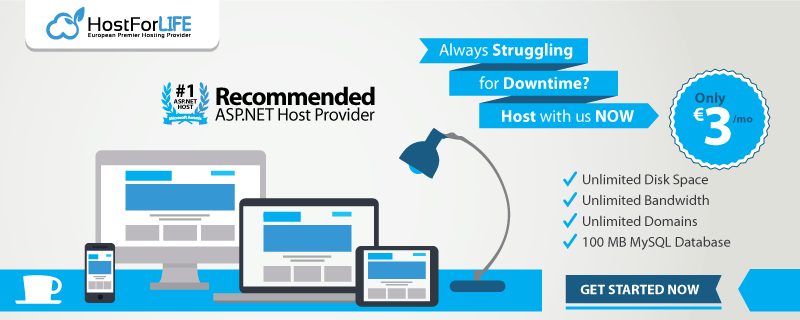The HTTP-over-QUIC experimental protocol should be renamed to HTTP/3, officials at the (IETF) have disclosed.
There is a big gap in development from HTTP/1.1 (released in 1999) to the release of HTTP/2 (released in 2015), things are hitting up with the release of HTTP/3 due in 2019.
So what is QUIC?
QUIC ( Quick UDP Internet Connections) is a new transport which reduces latency compared to that of TCP. On the surface, QUIC is very similar to TCP+TLS+HTTP/2 implemented on UDP. Because TCP is implemented in operating system kernels, and middlebox firmware, making significant changes to TCP is next to impossible. However, since QUIC is built on top of UDP, it suffers from no such limitations.
Key features of QUIC over existing TCP+TLS+HTTP2 include
- Dramatically reduced connection establishment time
- Improved congestion control
- Multiplexing without head of line blocking
- Forward error correction
- Connection migration
Google says that roughly half of all requests from Chrome to Google servers are served over QUIC and they are continuing to ramp up QUIC traffic, eventually making it the default transport from Google clients — both Chrome and mobile apps — to Google servers. They plan to formally propose QUIC to the IETF as an Internet standard but they have some housekeeping to do first, like changing the wire format and updating their reference implementation from SPDY-over-QUIC to HTTP2-over-QUIC (current HTTP-over-QUIC protocol draft uses the newly released TLS 1.3 protocol). In the coming months, Google also plans to work on lowering handshake overhead to allow better server-side scalability, improving forward error correction and congestion control, and adding support for multipath connections.
What’s New HTTP/3?
The new specification also promises a faster, better, and secure web experience. But how?
HTTP 3 intends to simplify the TCP handshake (it is a 3-way handshake, hi, hi again, ok you got my hi, alike.). The bottom line, the connections are established faster using the QUIC protocol, which is something new as well.
The enhanced connection establishment promises better connection migration that occurs between wifi connections and mobile networks and etc. Note that this isn’t the connection migration you see between routers in the same network. Much complicated and sophisticated.
HTTP/3 Increase Your Website Speed
QUIC is all about increasing the performance of the web. For your users, that means faster-loading websites and applications, which makes for a more enjoyable experience. Several popular services, such as Cloudflare and Google, have already begun using QUIC on their ends.
Right now, you can enjoy the benefits of QUIC by using any browser that already supports the protocol. We also have offered HTTP/3 on our hosting environment. If your site’s visitors use browsers that support the new protocol, they should enjoy reduced loading times.
Of course, most end users might not even know that we’re on the brink of a major change to the way that browsers interact with the web. However, as HTTP/3 support rolls out for more browsers, they will feel its impact.
Conclusion
Support for HTTP/3 is already on its way for the major browsers. A lot of services, such as Cloudflare, have already added HTTP/3 support for their users, and here at HostForLIFE Hosting we’re not falling behind.
As for why HTTP/3 is excellent news, the switch from the TCP to QUIC protocol means the internet will get a lot faster. Websites will take less time to load, memes will show up faster, services will get better, and more. All you have to do is sit back and enjoy the change.
